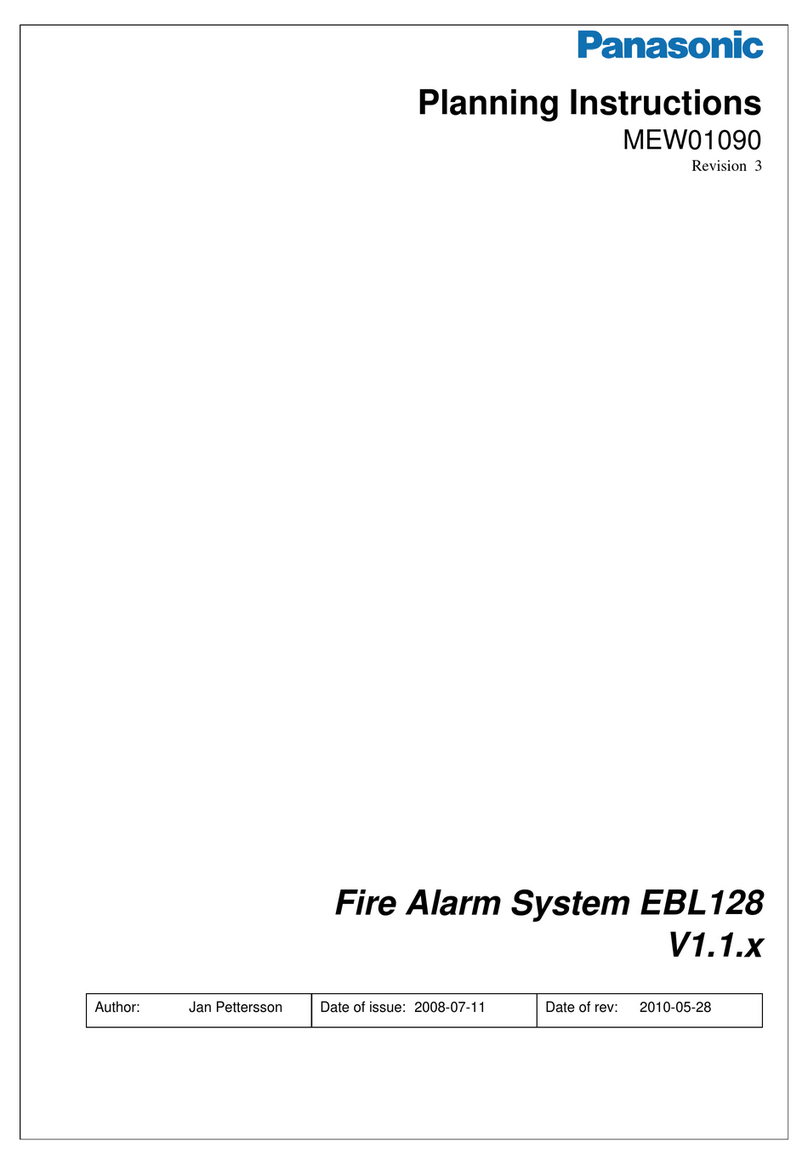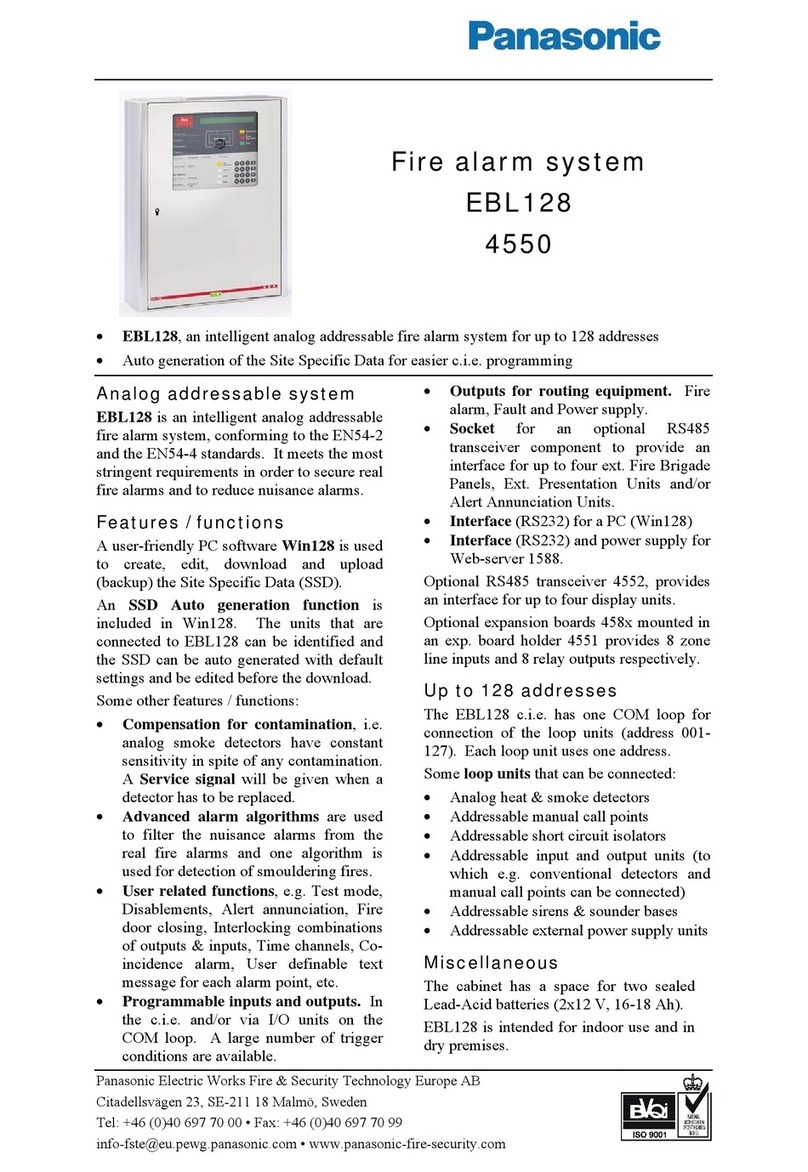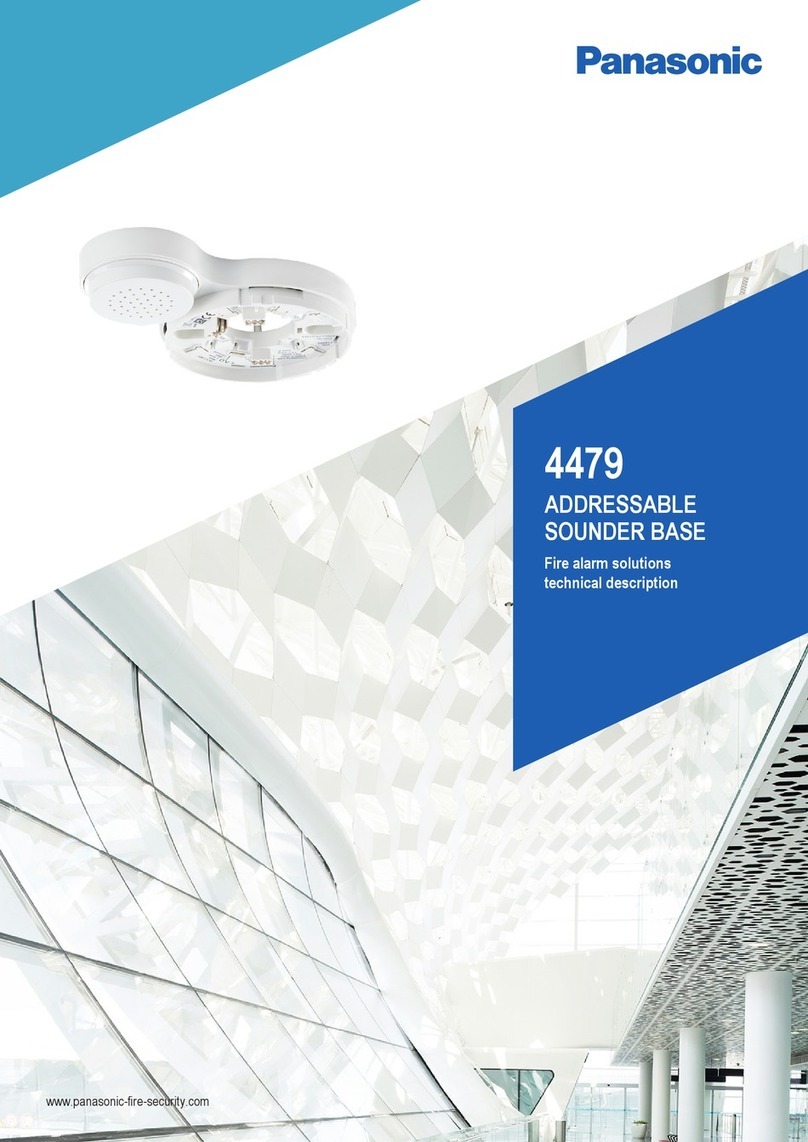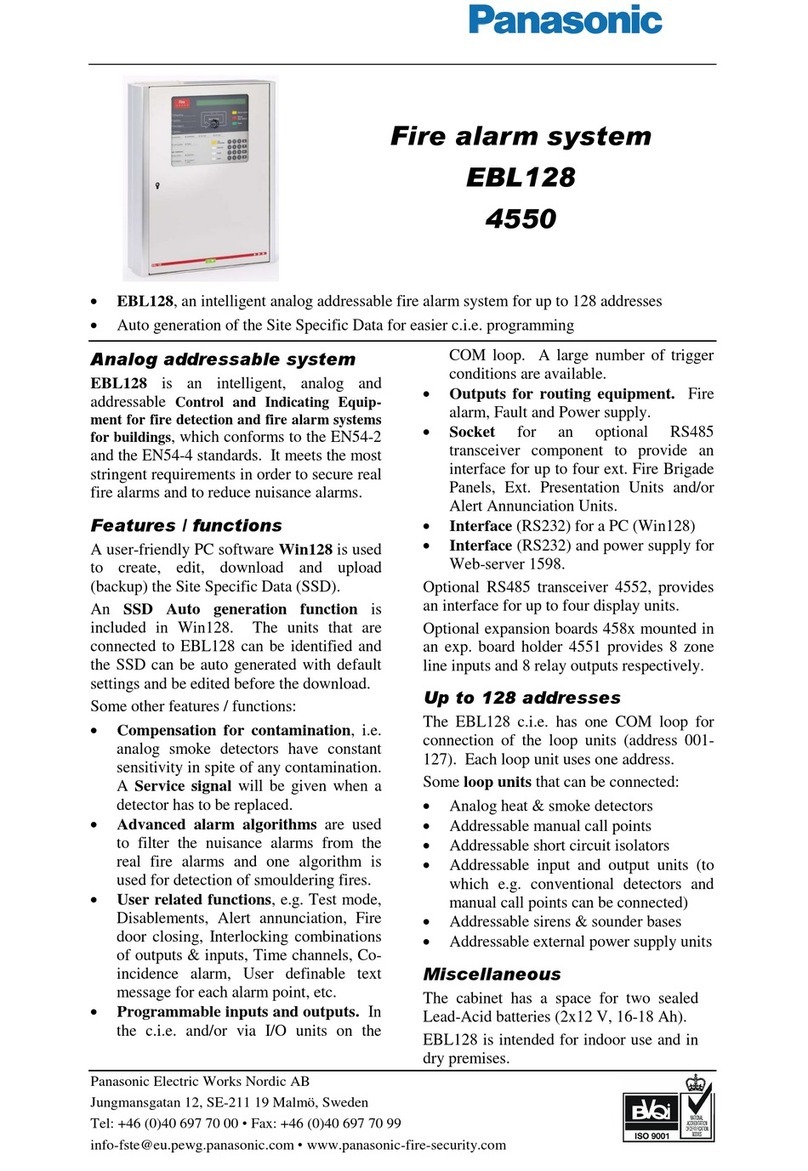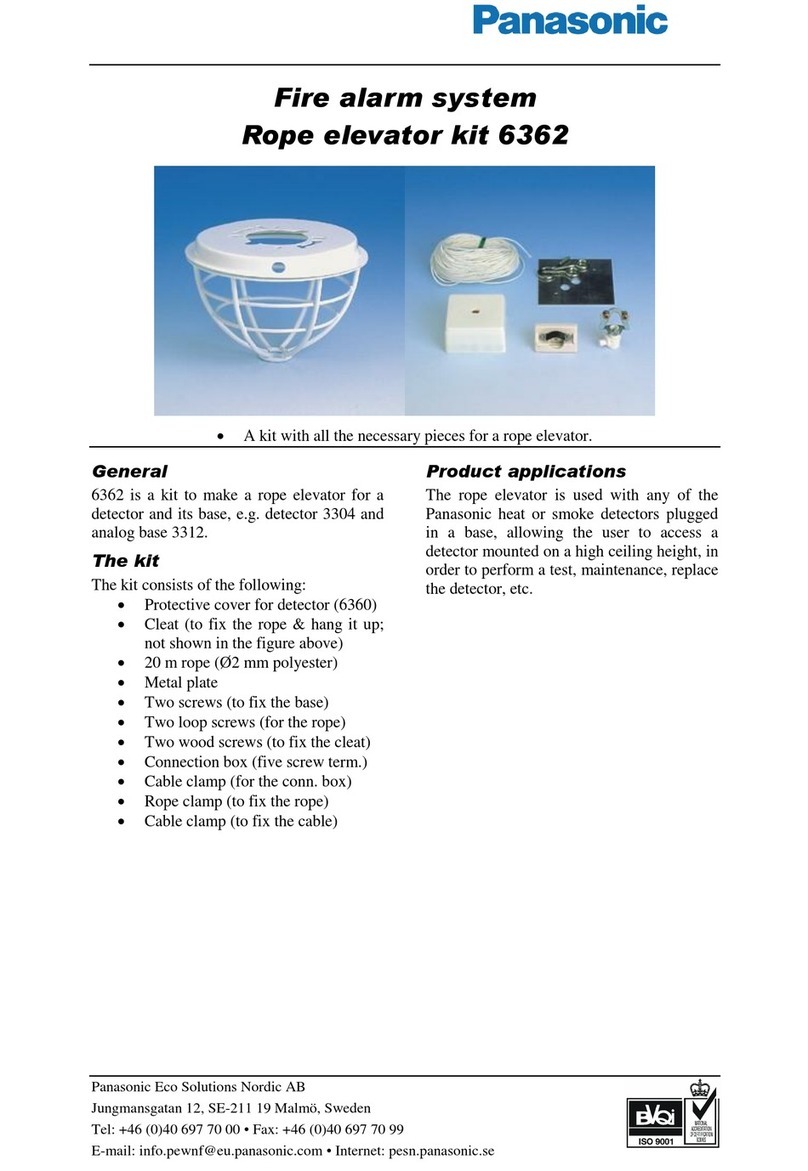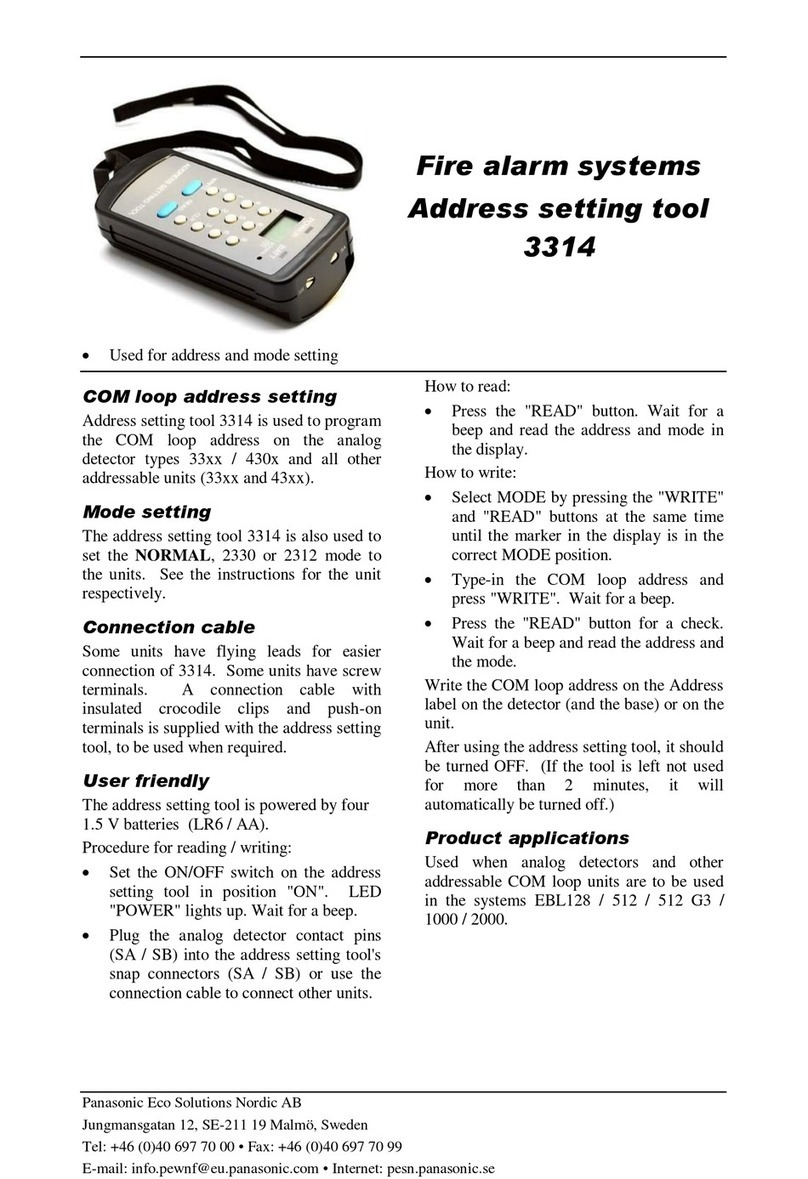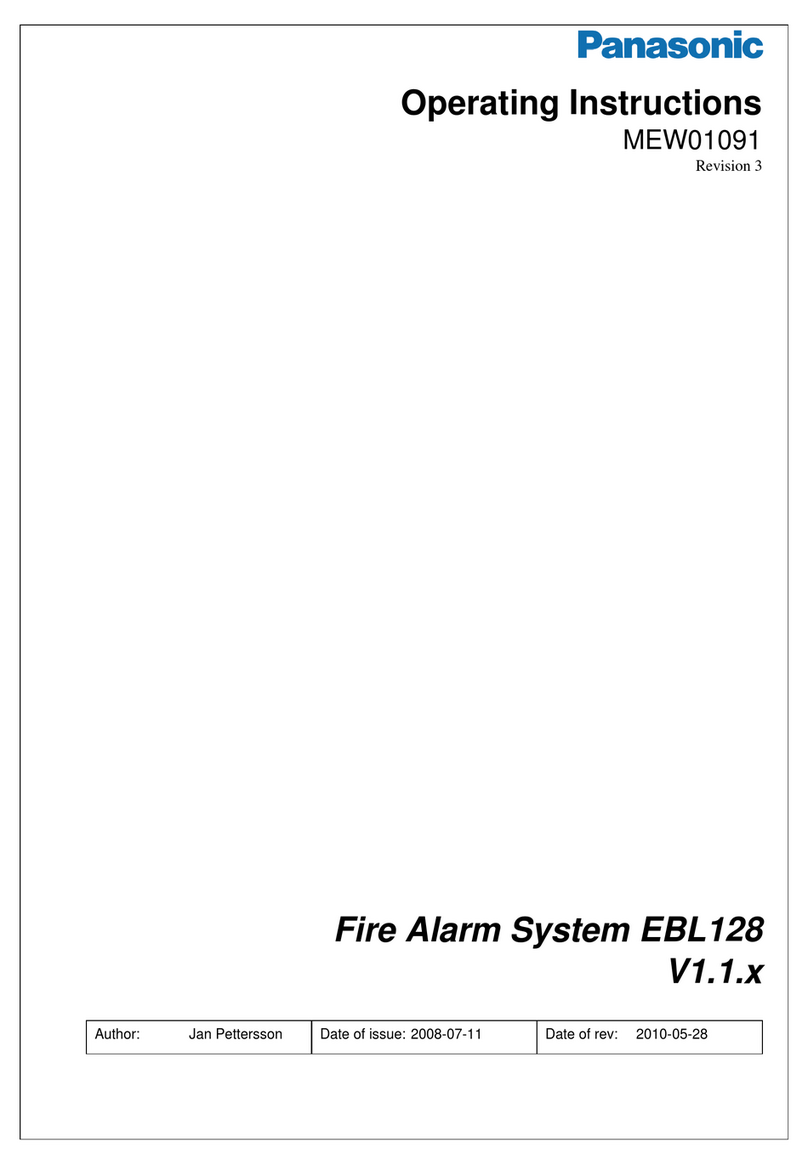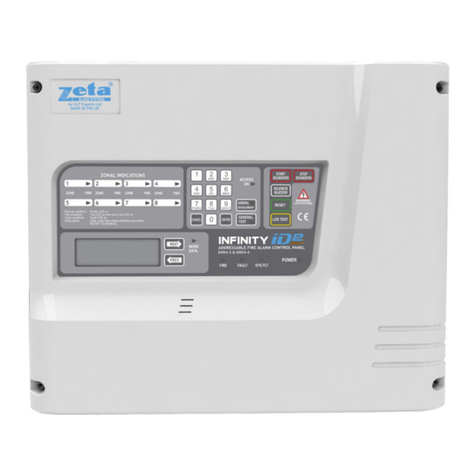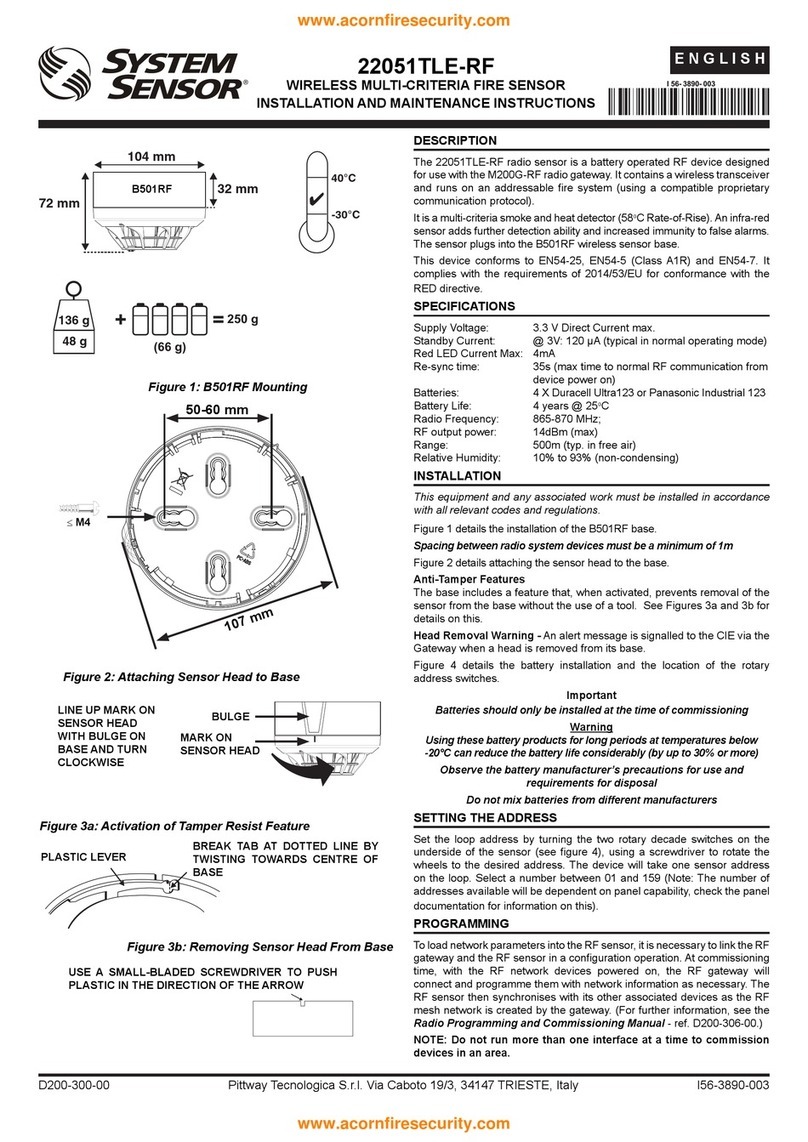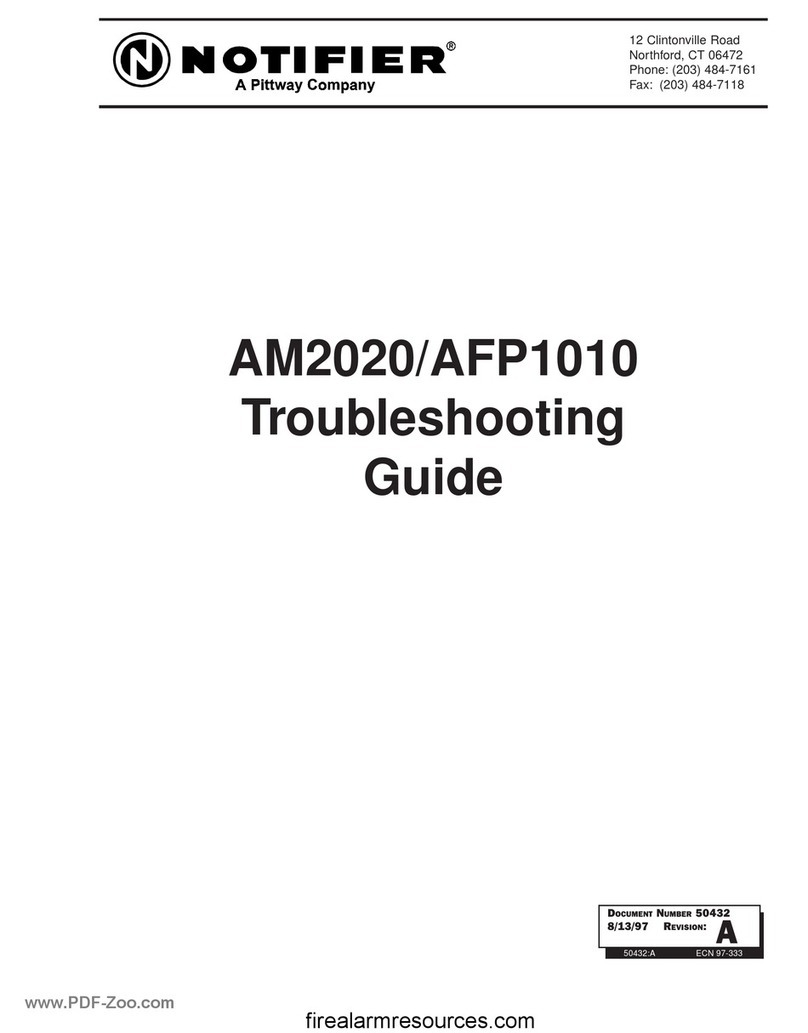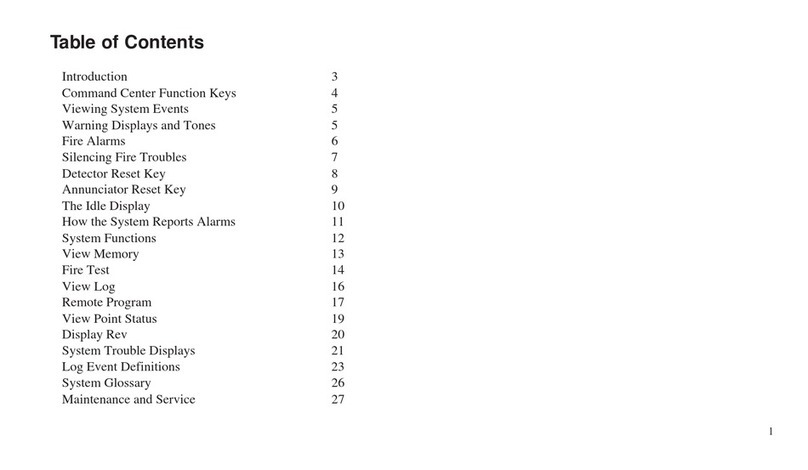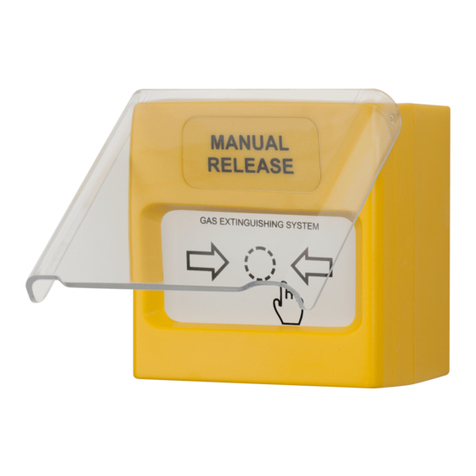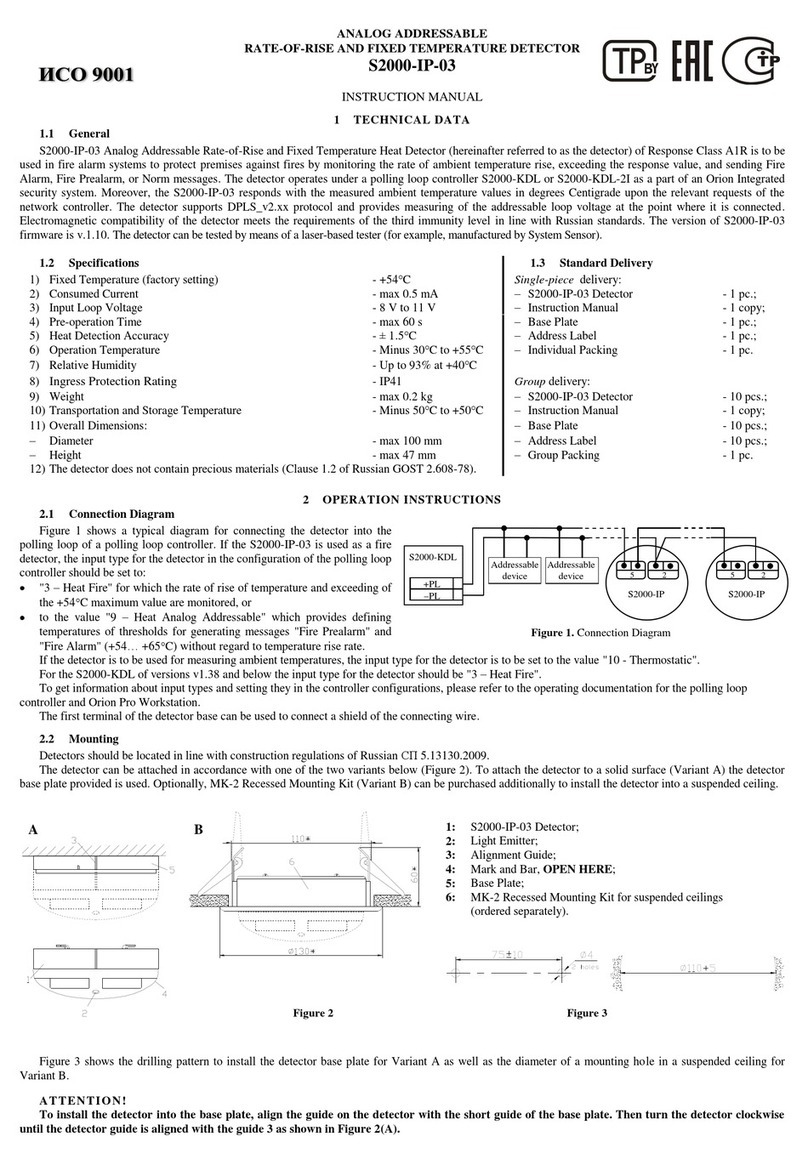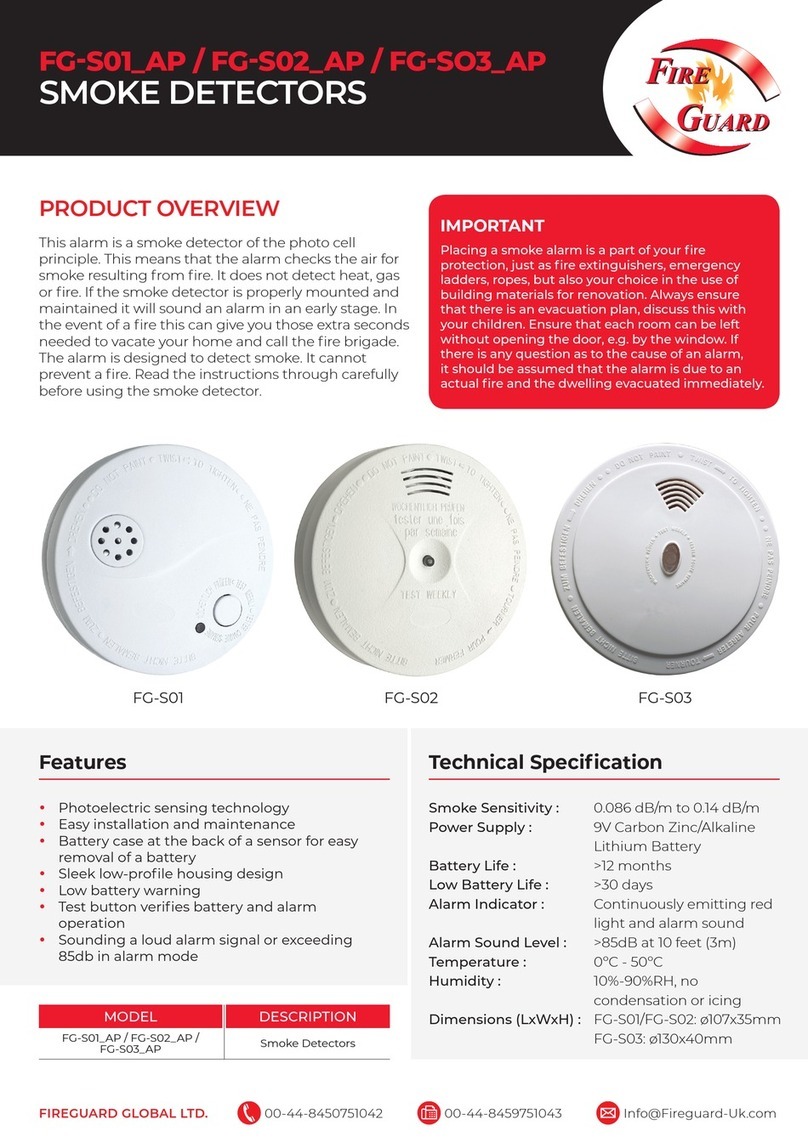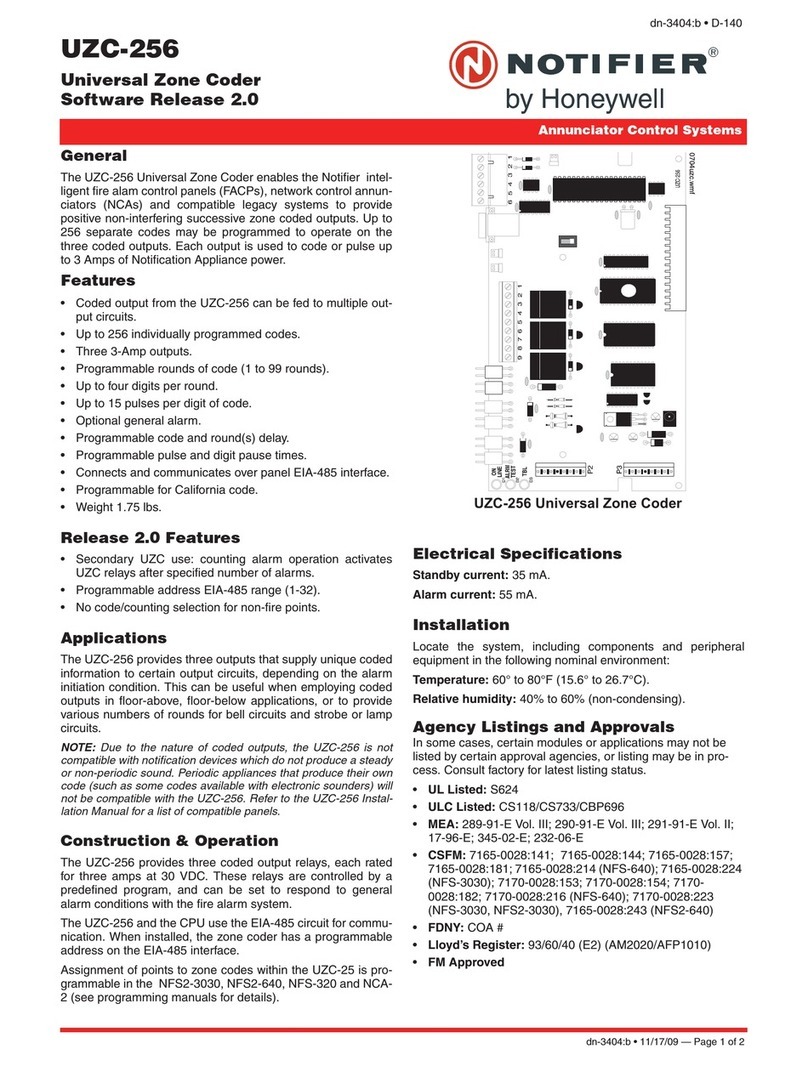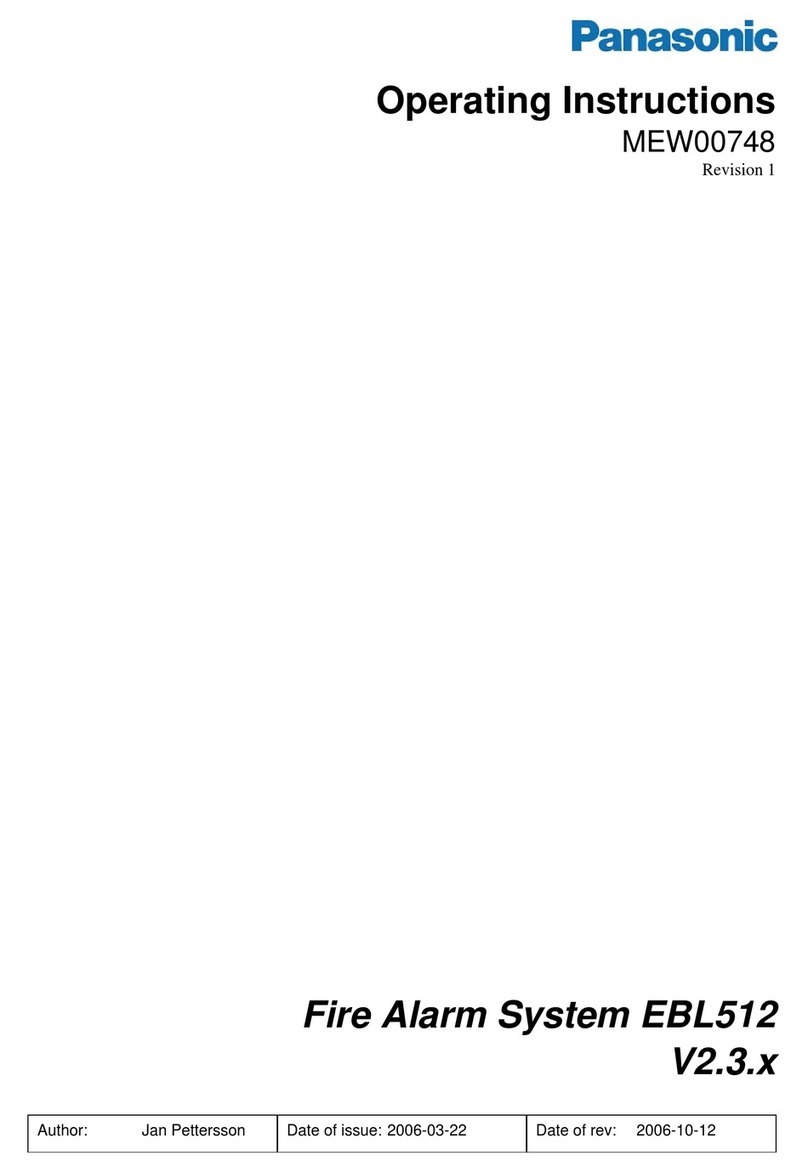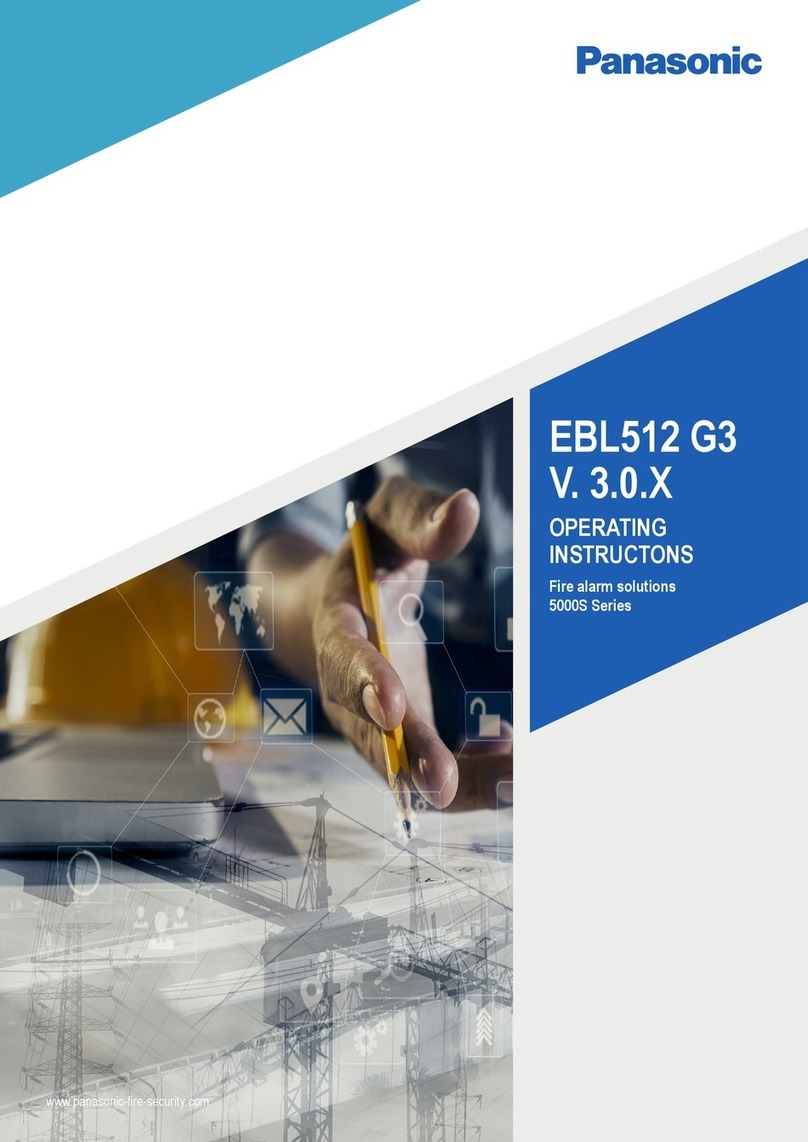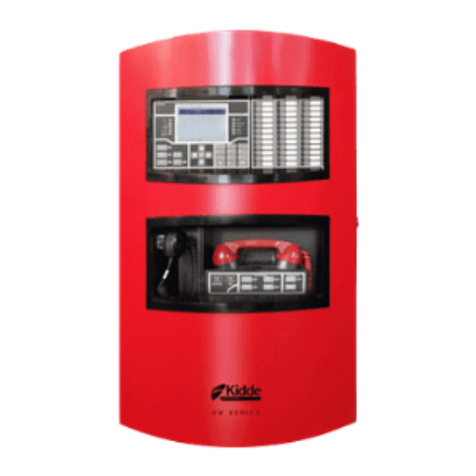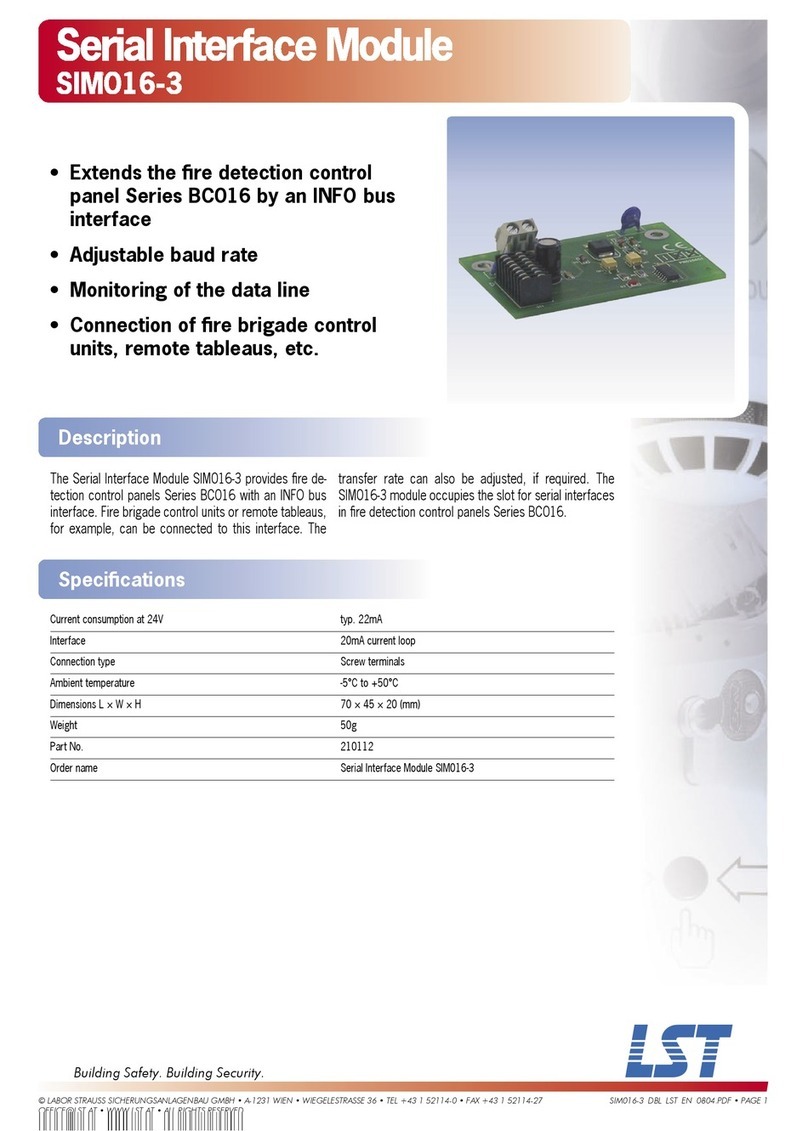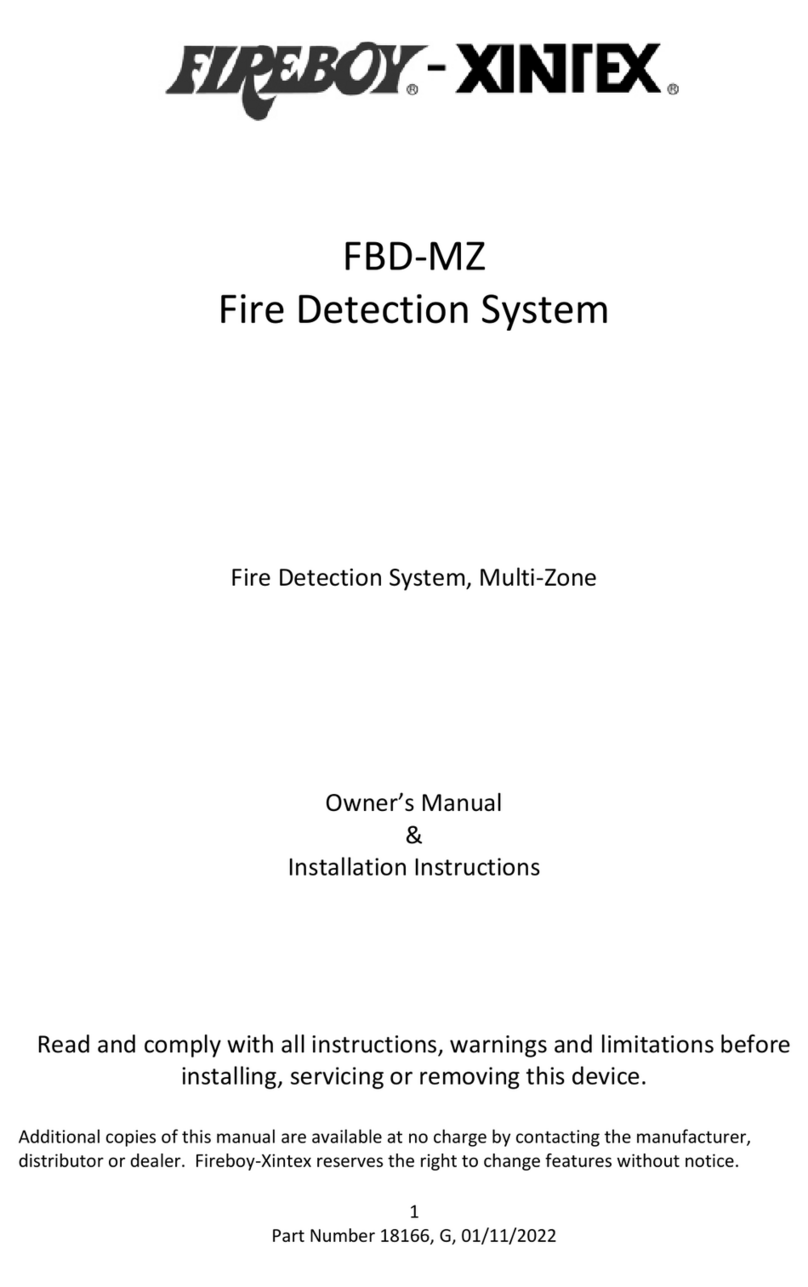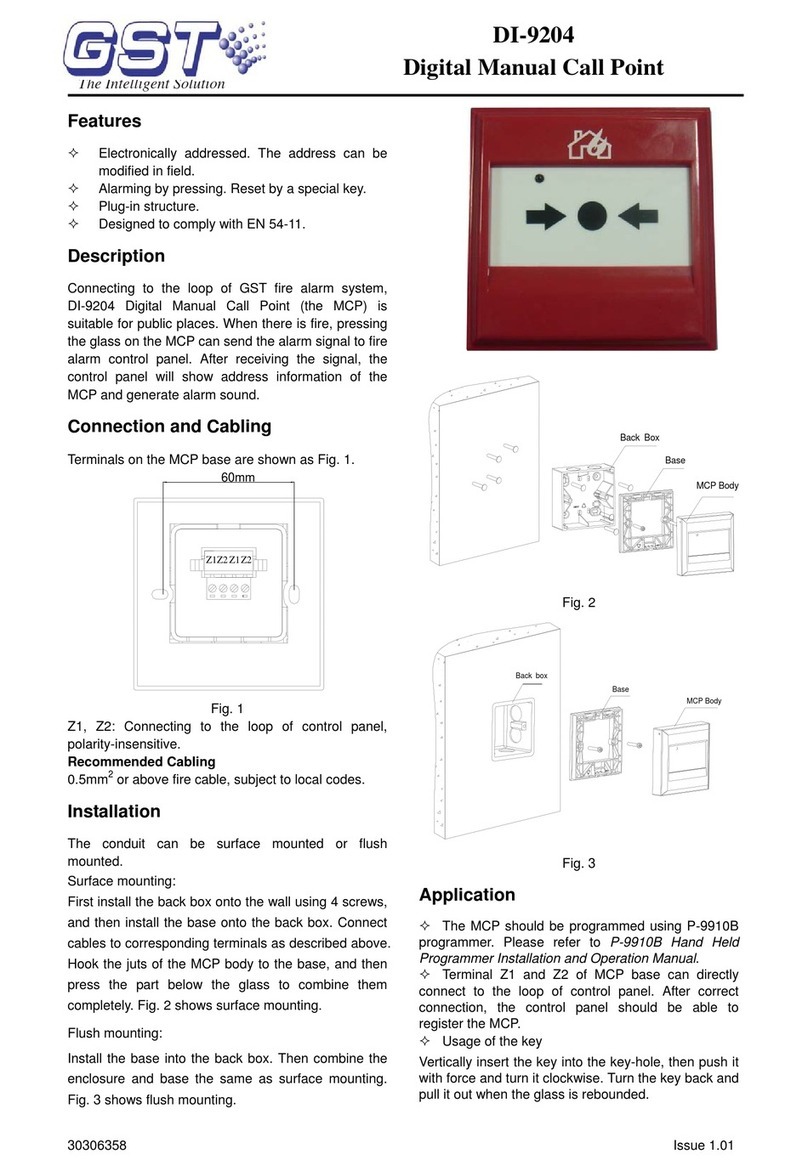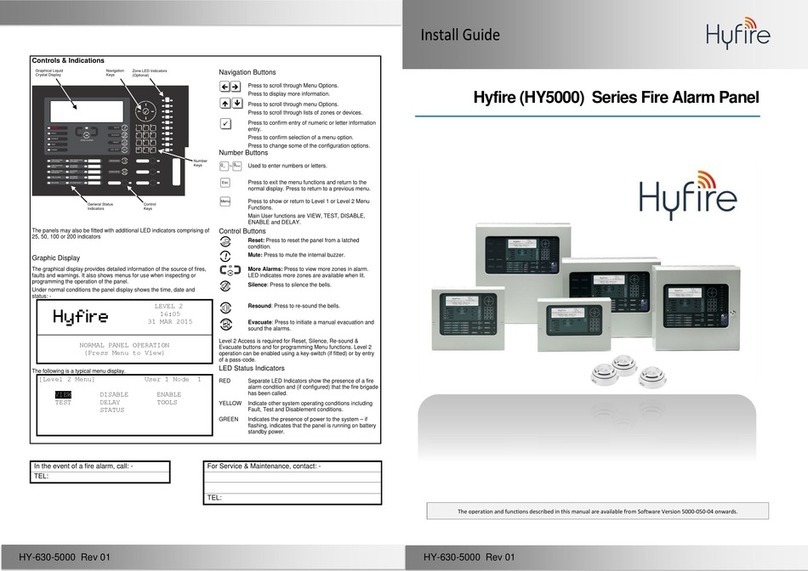
Operation Manual
FT1020G3 Rev 2.10.4
23.1 Zone or Zone Address (H2/B1) ....................................................................................... 113
23.2 Output (H2/B2) ................................................................................................................ 115
23.3 Output Type (H2/B3) ....................................................................................................... 117
23.4 Alarm Devices (H2/B4) .................................................................................................... 119
23.5 Routing Equipment / ASE (H2/B5) ..................................................................................121
23.6 Alert Annunciation (H2/B6) .............................................................................................. 123
24 Set Calendar and Clock (H3) ........................................................................................ 125
24.1 Daylight Saving Time....................................................................................................... 125
25 Present System Status (H4).......................................................................................... 126
25.1 Disablement (H4/U1) ....................................................................................................... 126
25.2 Disablement by Time Channel (H4/U2)........................................................................... 127
25.3 Open Doors (H4/U3)........................................................................................................ 128
25.4 Sensor Values (H4/U4).................................................................................................... 129
25.4.1 Explanation to the Sensor Values...............................................................130
25.5 Sensors Activating SERVICE Signal (H4/U5) .................................................................131
25.6 Technical Warning (H4/U6) ............................................................................................. 132
25.7 Event Log (H4/U7) ........................................................................................................... 133
25.8 Information (H4/U8) ......................................................................................................... 134
26 Service (H5) .................................................................................................................... 135
26.1 Calibration of Supervised Outputs (H5/A1) ..................................................................... 136
26.2 Sensitive Fault Detection Mode (H5/A2)..........................................................................137
26.3 Service Mode for COM-Loop (H5/A3) ............................................................................. 138
26.4 Display Current Consumption in Unit (H5/A4).................................................................139
26.4.1 Power Supply (Control Unit) .......................................................................139
26.4.2 Battery........................................................................................................139
26.5 Display Current Consumption on COM-loop (H5/A5)......................................................140
26.6 Display Statistics for Communication (H5/A6).................................................................141
26.7 Activate Address Setting Mode for DU (H5/A7) .............................................................. 142
26.8 Setup wireless detectors (H5/A8) .................................................................................... 143
26.9 SSD Information (H5/A9)................................................................................................. 145
27 FAULT Acknowledge (H6) ............................................................................................ 146
28 Perform Zone Test (Test mode) (H7) ........................................................................... 148
29 Maintenance (H8)........................................................................................................... 150
29.1 Disconnect / Reconnect Loop / Zone Line Input (H8/S1) ................................................ 150
29.2 Acknowledge SERVICE Signal (H8/S2) .......................................................................... 152
29.3 Clear Weekly Average (H8/S3) ....................................................................................... 154
29.4 Test of Alarm Devices (H8/S4) ........................................................................................ 155
29.5 Safe Shut Down of Control Unit (H8/S5) ......................................................................... 156
29.6 Activate Address in Alarm Mode (H8/S6)........................................................................ 158
29.7 Synchronise the Control Units (H8/S7) ........................................................................... 160
29.8 Activate / Reset outputs (H8/S8) ..................................................................................... 162
30 Interlocking Outputs and Inputs (H9) .......................................................................... 164
30.1 Activated Interlocking Outputs / Inputs (H9/C1) ..............................................................164
30.2 Activate / Deactivate Interlocking Output (H9/C2)........................................................... 165
30.3 Disable / re-enable interlocking output (H9/C3) .............................................................. 167
31 Change Password (H10) ............................................................................................... 168
32 FDCIE Maintenance ....................................................................................................... 169
32.1 Replacing a TLON Connection Board and/or the Main Board ........................................169
32.2 Battery Maintenance........................................................................................................ 170
33 How to Avoid Nuisance Fire Alarms ........................................................................... 171
34 Block Wiring Diagram ................................................................................................... 173
35 Guarantee ....................................................................................................................... 178
